Summary
- Southwest Airlines’ unallocated seat assignments, or “open seating,” have been a part of the airline since its beginnings.
- The unique seating model not only aligns with Southwest’s egalitarian ticketing model but also improves boarding times.
- Southwest monetizes its boarding groups by offering passengers the option to purchase upgraded boarding status or an EarlyBird Check-In option.
It is common for passengers to have their seats assigned either in advance or during check-in at the airport. That way, passengers know exactly where they are sitting, and they board according to their assigned boarding zones. Is it not the case with one major airline in the US.
Large-scale low-cost carrier Southwest Airlines is known for several unorthodox offerings as a budget operator. These include free baggage, its point-to-point route network, and its tendency to only sell tickets directly through its own channels. Another of these classic Southwest features is the airline’s policy of unallocated seat assignments, which it calls ‘open seating.’
Elsewhere in the US, other airlines utilize assigned seating as a way to generate huge amounts of revenue. Still, despite the fact that certain American carriers have openly poked fun at Southwest’s model, the blue-liveried airline has stuck with unallocated seating since its beginnings. But what exactly is in it for Southwest?
A time-tested and egalitarian seating model
This feature has been with the airline since its beginnings in the 1970s, and the concept was pretty unorthodox even back then. According to Southwest, its flight attendants would sometimes tell passengers that “just like at church,” they could sit wherever they wanted to. The idea fit well with Southwest’s relatively egalitarian ticketing model, which was also rather unusual when it launched.
Photo: lorenzatx | Shutterstock
With no first class or business class cabins onboard its aircraft, all of Southwest’s passengers sat (and still do sit) in the same sort of seats, ate the same snacks, and received the same in-flight experience. Seats were ‘assigned’ merely in the order passengers showed up to the gate and picked a seat to sit down in.
Faster boarding times
Over time, according to the airline, multiple studies have proven that its unallocated seating model has also improved boarding times. Faster boarding, in turn, generally contributes to more on-time departures and, ultimately, cost savings. The airline claims this translates into cheaper prices for passengers’ tickets.
After half a century of operations, the boarding process understandably looks somewhat different today compared to when the company started. Nonetheless, the fundamental concept has remained in place. However, the airline seriously considered switching to assigned seating in 2006, when it tested the idea on 200 flights from San Diego and, later, from San Antonio.
Photo: Denver International Airport
Interestingly, the tests revealed that boarding times increased by between one and four minutes when assigned seating was utilized. However, they still led to some changes that are now standard parts of the boarding experience for Southwest Airlines passengers. These included getting rid of a first-come-first-serve approach in favor of a group boarding method.
Monetization opportunities
Today, boarding groups are generally assigned based on when passengers check in for their flight, which can be done online up to 24 hours in advance. However, the existence of boarding groups also provides additional revenue opportunities. Passengers have the option of purchasing upgraded boarding status, which allows them to board in group A1-A15, giving them the best pick of the seats.
Aside from upgraded boarding, passengers can also purchase an EarlyBird Check-In option that automatically checks passengers in before the standard 24-hour check-in available to all other passengers. While this does not guarantee those passengers group A1-A15 boarding status, it will bump them as far to the front of the line as possible, behind any upgraded boarding passengers.
Branded credit cards are another way passengers can take advantage of boarding upgrades, such as those who hold a Southwest Priority Card or a Southwest Performance Card. Despite the decision to keep unassigned seating following the 2006 trials, CEO Robert Jordan said during a virtual town hall in 2022 that the airline might still eventually switch to an assigned seating model, stating:
“Could we one day need to take back up the assigned-seating question? I think we may have to do that. Just know this. We are committed to continuing to look at our product, making sure it’s relevant.”
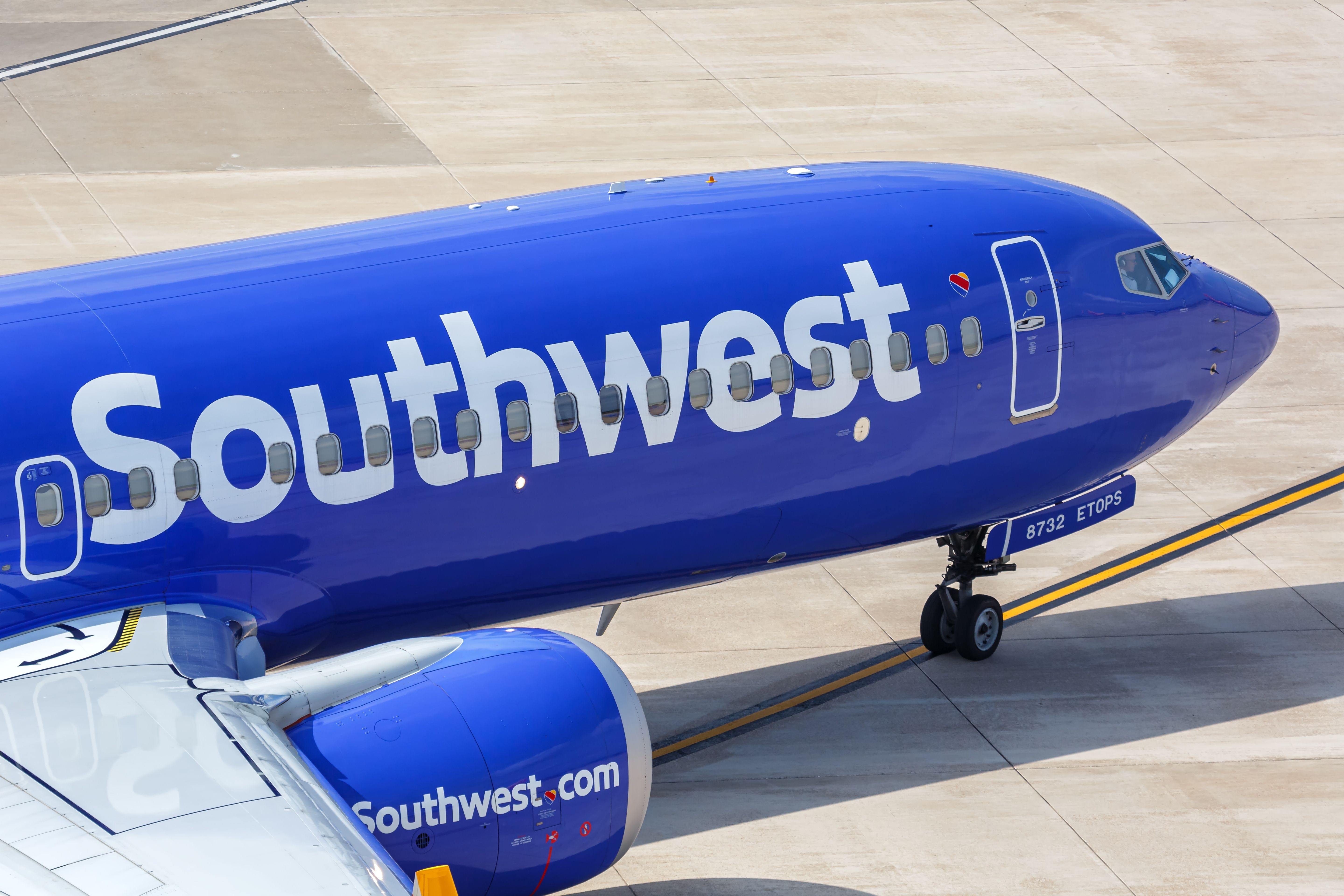
Related
How To Use Southwest’s Low Fare Calendar For Bargain Flights
The Low Fare Calendar helps travelers to find a bargain by showing the cheapest fare on each day of the month.
During the first quarter of 2024, Southwest Airlines reported a net loss of $231 million. Bob Jordan, President and Chief Executive Officer, stated during the press release,
“To improve our financial performance, we have intensified our network optimization efforts to address underperforming markets.”
The airline may also be considering a change in their unallocated seating policies, as hinted by the Jordan.
“Additionally, we are evaluating options to enhance our Customer Experience as we study product preferences and expectations, including onboard seating and our cabin.”
easyJet also used to have unallocated seating
Southwest is far from the only low-cost carrier to have used unallocated seating over the years. Indeed, a similar model was also in place in the UK at easyJet until as recently as November 2012. However, the orange-clad airline switched to an allocated model after running tests in the summer of 2012. Conversely to Southwest’s research, these found that such seating didn’t delay flights.
What do you make of Southwest’s unallocated seating model? Have you ever flown with the airline? Let us know your thoughts and experiences in the comments section!

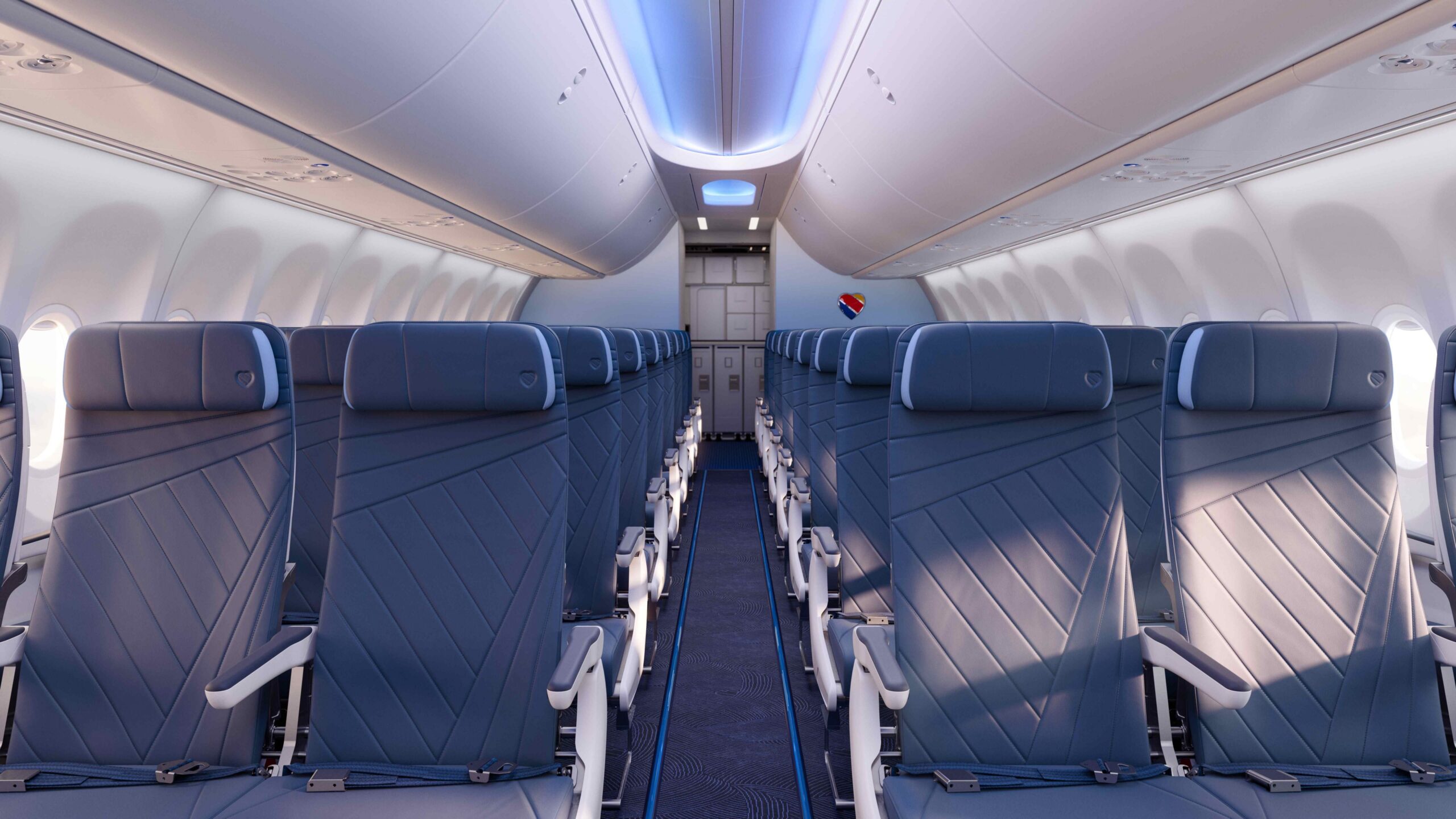
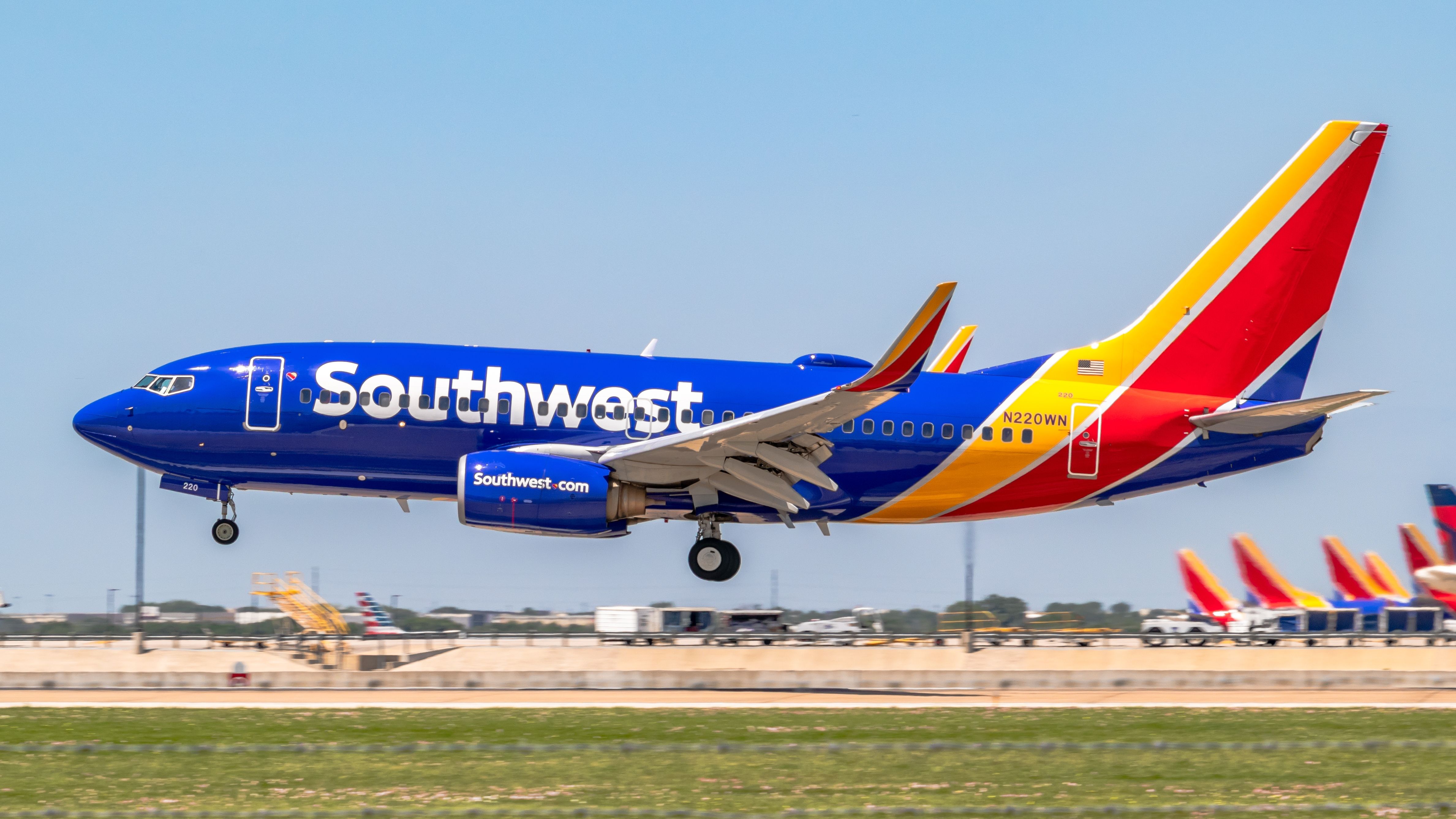
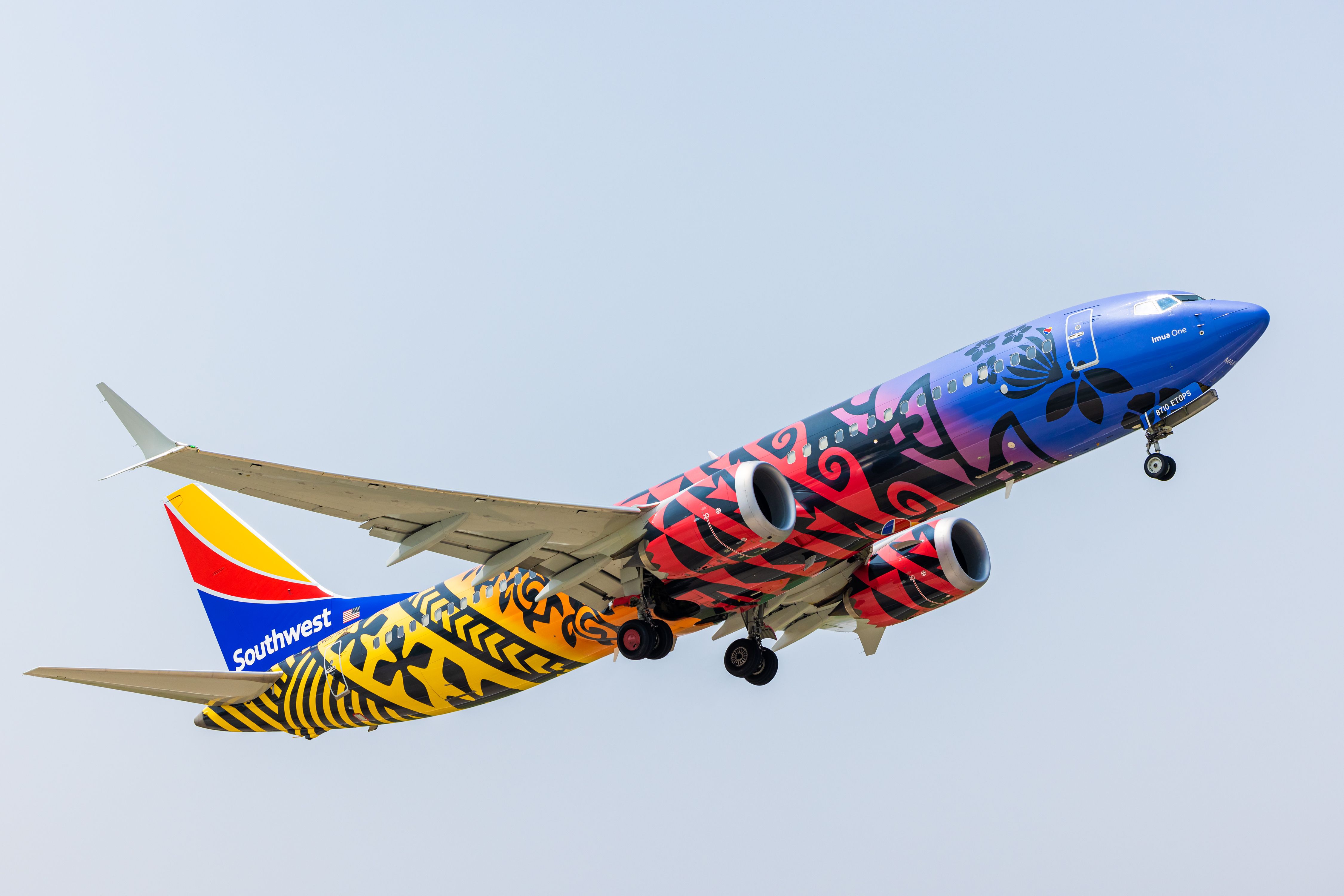
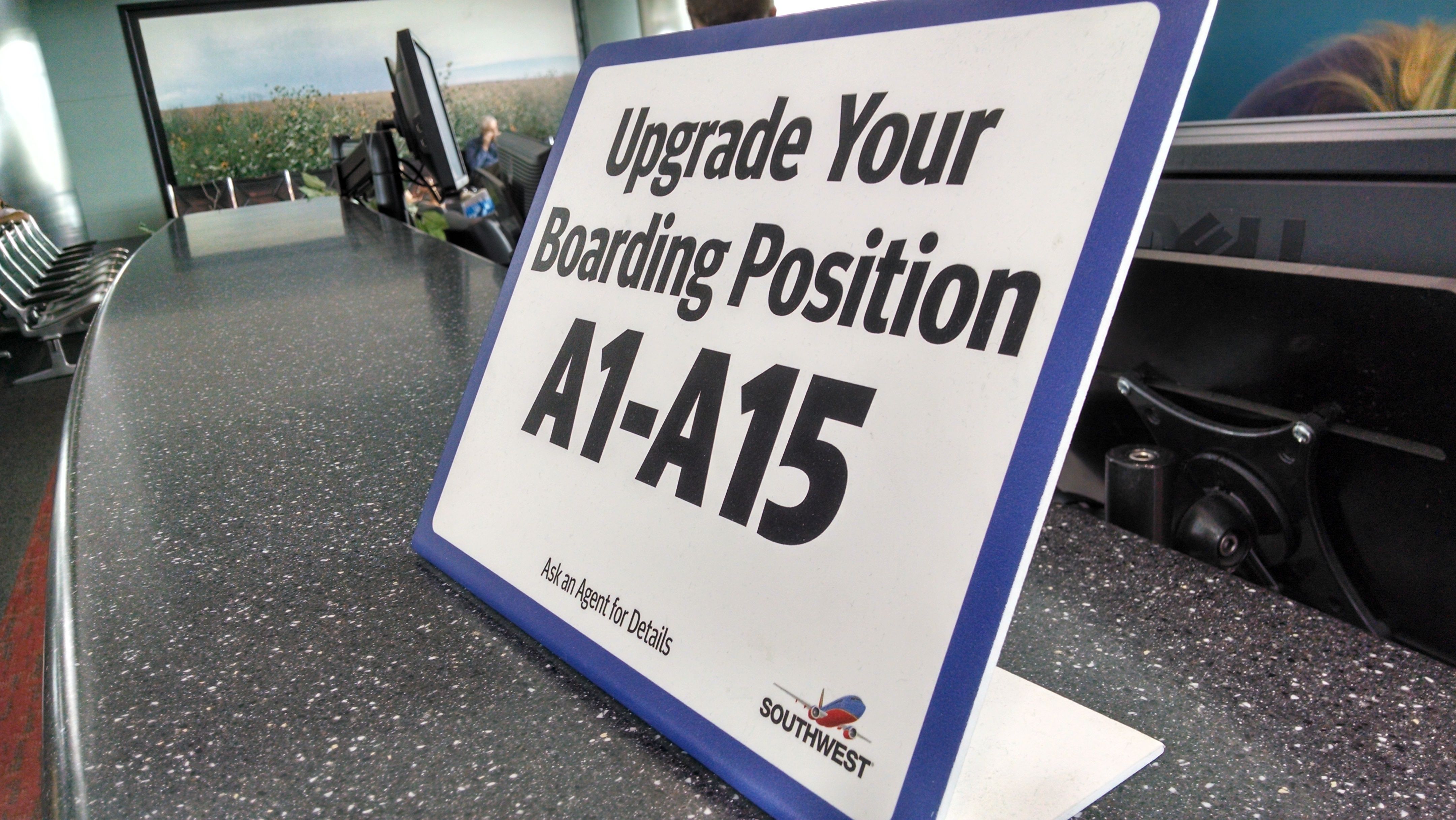
.jpg)